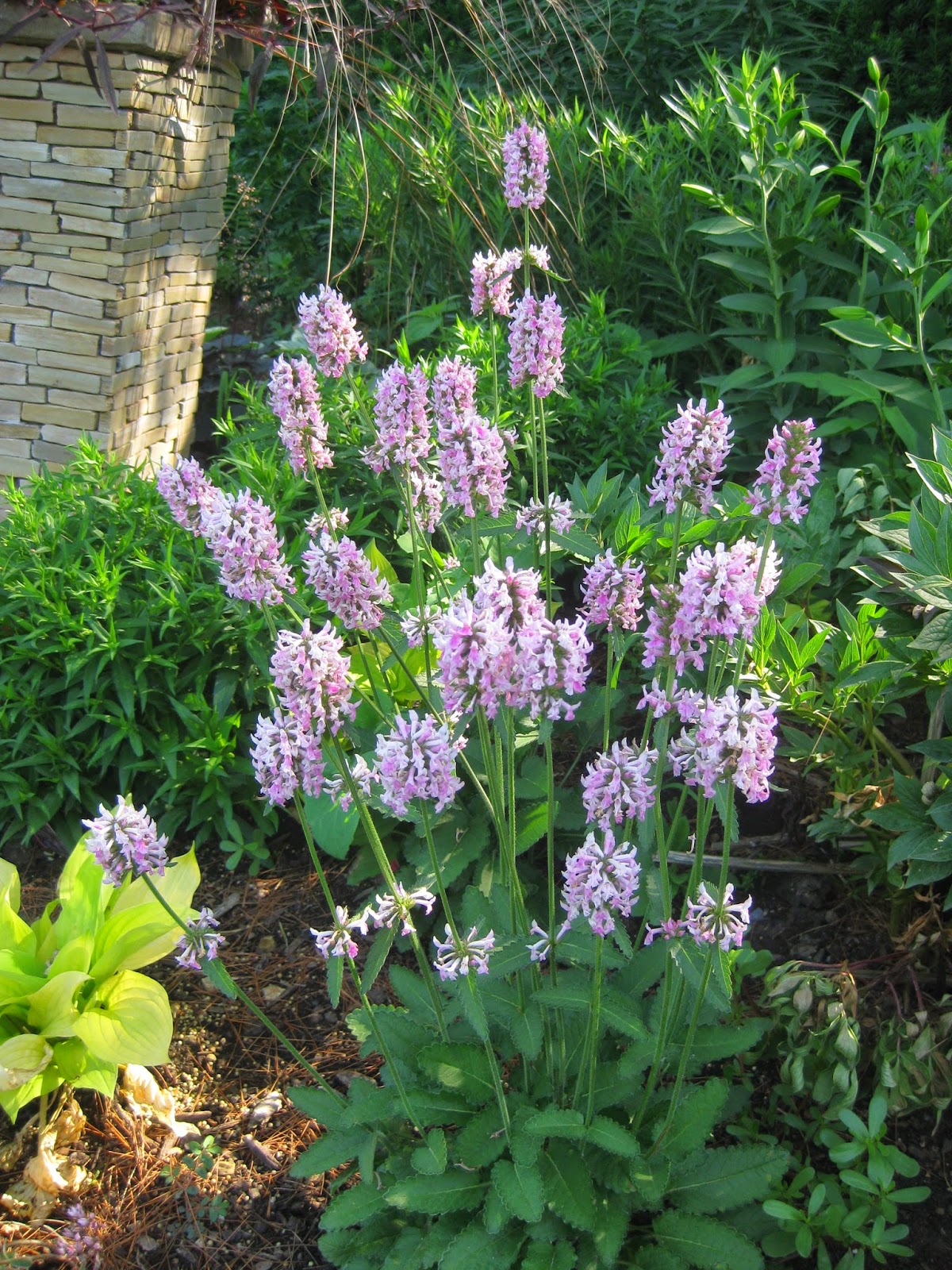It was another cold day although the blue sky and sunshine made it feel warmer than the -9 degrees F we had this morning (wind chill). At the time of typing this blog (morning), I haven't seen any volunteers yet. We had a great week and look forward to a warm up next week although snow seems likely this Sunday. Regardless, we'll roll with it as best we can. I continued work on the Spring Plant Sale (Mother's Day weekend!). We'll have more details soon and our vegetable and herb listings should be on our website very soon. I also am preparing for our Bagged Compost Sale (starts on Saturdays in April from 8 am until 12 noon). A new twist this year will be the offering of pansies and pansy hanging baskets as part of the compost sale and the plant sale. I'm finishing seed orders by next week but still have plenty of ordering to finish in March. I have another presentation tomorrow to a good sized group in Illinois ("Vertical Gardening" and "Ideas to Refresh The Landscape") and the lecture circuit continues to be on the horizon. I'm a shameless promoter of the gardens to these captive audiences as I continue to talk about RBG history, collections, programs, events and share lots of eye candy photos of the gardens to encourage people to see the fun things we're doing here! Bill O. just popped in for some indoor work and Jenny stopped by to pick up the start of the thousands of labels she makes every winter for our seasonal plants.
This blog has a collection of some of the many vertical planters I've photographed over the years. With space limitations, challenging soils or simply the desire to maximize growing space, these vertical options may be of interest. They all have their merits and challenges and ultimately, the soil preparation, drainage requirements and plant selection (maintenance too of course!) are vital for success in these systems. Note that some are fairly "stationary" (like the tiered metal planters seen above at the Ball Seed Trial Gardens in West Chicago, IL) while others can be rolled and moved. Keep in mind soil volume and depth for some of these selections as it's ideal to have 12"-14" of soil minimally for most vegetables. The selection of compact vegetable varieties or short "vine-length" crops (squash, cucumbers, zucchini, etc.) may be warranted. Oddly enough, we'll have many of these compact selections at the aforementioned Spring Plant Sale!
repurposed pallet planters (2 on end at RBG) - above and below
fabric pocket system (Ball Seed Trial Gardens) - West Chicago, IL
wall planters at the Chicago Botanic Garden (above and below)
planter at Vander Veer Botanical Park (Davenport, IA)
planter at the Rock County Farm
indoor systems with internal watering (above and below)























.jpg)

.jpg)


.jpg)
.jpg)


.jpg)
a.jpg.JPG)
.jpg)



%2Bat%2BChanticeer%2B2011.jpg.JPG)

.jpg)

.jpg.JPG)
a.jpg.JPG)




.jpg.JPG)



.jpg)



